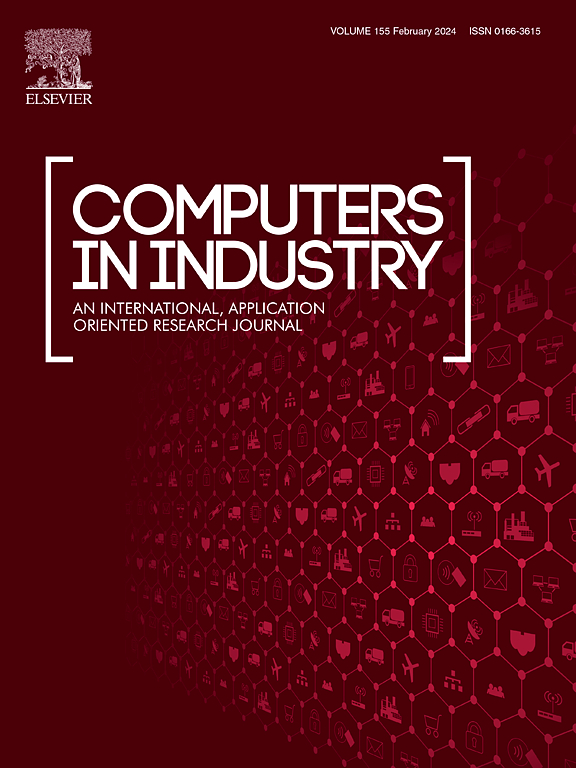一种关联规则辅助的汽车行业非生产材料消耗多时间序列预测方法
IF 9.1
1区 计算机科学
Q1 COMPUTER SCIENCE, INTERDISCIPLINARY APPLICATIONS
引用次数: 0
摘要
非生产材料(npm)是汽车制造中至关重要的材料类别,包括其消费经常相互关联的各种项目,特别是与维修活动。由于这些相互依赖关系,预测NPM消耗是复杂的。大多数现有研究倾向于预测单个材料的消耗,而忽视了利用多种材料数据的优势。这种狭隘的关注限制了预测工作的准确性和广度。本文提出了一个多npm消耗预测问题,该问题旨在同时预测几种npm的消耗。为了解决这一问题,我们引入了一种关联规则辅助的多时间序列预测方法(AR-MTSF)。我们的方法结合来自多个具有相似属性的材料的数据,并使用关联规则来提高预测精度。我们使用来自合作跨国汽车制造商的实际NPM消耗数据集评估了AR-MTSF的有效性。实验结果表明,在预测汽车NPM消耗时,AR-MTSF方法与相同的预测算法配对时,准确率提高了5%-30%。本文章由计算机程序翻译,如有差异,请以英文原文为准。
An Association Rule-Assisted Multi-Time-Series Forecasting method for non-production material consumption in the automotive sector
Non-Production Materials (NPMs) are a vital category of materials in automotive manufacturing, including various items whose consumption is often interconnected, especially with maintenance activities. Predicting NPM consumption is complex due to these interdependencies. Most existing research tends to focus on forecasting the consumption of individual materials, overlooking the advantages of utilizing data from multiple materials. This narrow focus limits both the accuracy and the breadth of forecasting efforts. In this paper, we formulate a multi-NPM consumption forecasting problem, which aims to predict the consumption of several NPMs at once. To address this issue, we introduce an Association Rule-Assisted Multi-Time-Series Forecasting Method (AR-MTSF). Our approach combines data from multiple materials with similar attributes and employs association rules to enhance forecasting accuracy. We assessed the effectiveness of AR-MTSF using a real-world NPM consumption dataset from a collaborating multinational automotive manufacturer. The experimental findings reveal that when forecasting automotive NPM consumption, the AR-MTSF method, when paired with the same forecasting algorithm, improves accuracy by 5%–30%.
求助全文
通过发布文献求助,成功后即可免费获取论文全文。
去求助
来源期刊

Computers in Industry
工程技术-计算机:跨学科应用
CiteScore
18.90
自引率
8.00%
发文量
152
审稿时长
22 days
期刊介绍:
The objective of Computers in Industry is to present original, high-quality, application-oriented research papers that:
• Illuminate emerging trends and possibilities in the utilization of Information and Communication Technology in industry;
• Establish connections or integrations across various technology domains within the expansive realm of computer applications for industry;
• Foster connections or integrations across diverse application areas of ICT in industry.
 求助内容:
求助内容: 应助结果提醒方式:
应助结果提醒方式:


